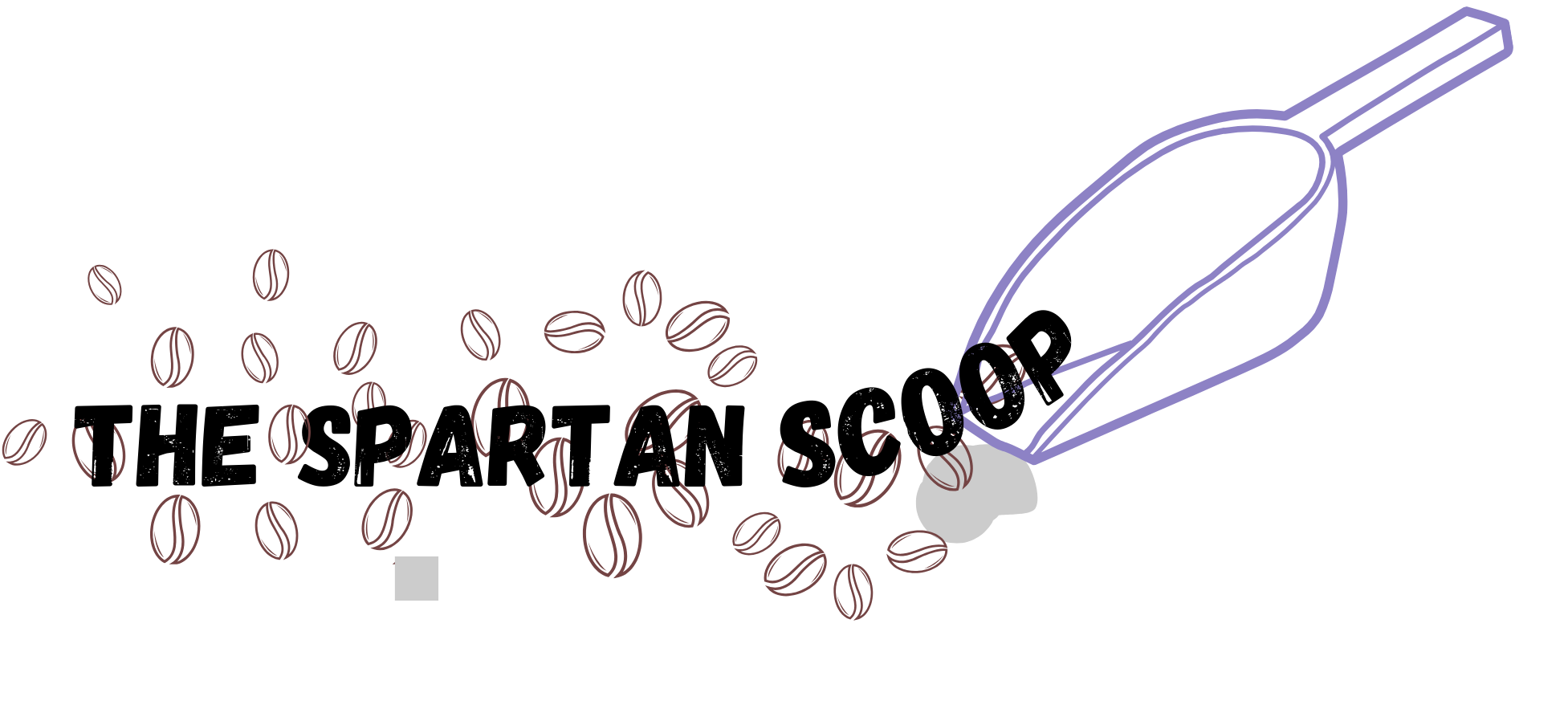Have you ever eaten something, and expected it to taste different because of what color it was? Or have you ever falsely believed something to taste different even though it didn’t?
If you’ve ever eaten Froot Loops, then it’s highly likely that you’ve experienced this. Froot Loops have multiple different colors of individual cereals. And they each taste different, right? There’s lemon, lemon lime, grape… Interestingly, that is not the case. If you conduct a Blind Taste Test, it’ll reveal that all of them taste the same. There’s no individual unique flavors. Each froot loop has the same composition of a blend of fruity flavors. However, when your eyes perceive their colors, it supposedly gives them flavors.
The same exact thing goes for Trix and Fruity Pebbles. Their differing colors seem to give them varied flavors. Much like Froot Loops, though, their bright and fun colors lie to your taste buds.
Why is that? How are our brains so capable of assigning flavors to something because of their colors?
We as humans have multiple senses, including taste, smell, sight, and touch. Individually, each sense serves a strong purpose. When combined, all four of these have contributing factors to how we perceive the flavor of anything edible. Smell enhances the flavor of something edible. If you’ve ever plugged your nose while eating something, it might’ve been to eat something that didn’t taste good to you. It is a proven fact that if you lose the sense of smell, things taste way more bland to you.
It’s interesting to see how much our senses affect more than we think they do.
Touch “captures” the flavor sensation of something. It perceives texture. Some people, when irritated by certain textures, might refuse to eat something altogether. Temperature also contributes to touch and taste perception. If something is too hot or too cold, the taste may be minimized. Without the ability to touch, you would lose the ability to taste altogether.
Sight affects our perception as well, but in a different way. Humans, while we aren’t in control of it, have the automatic ability to change how something tastes purely based on how it looks. This is why the Blind Taste Test is so well-used, especially in professional settings. How you perceive something with your eyes can affect the taste of something so much that it can be wrong.
This enhanced perception of how something tastes doesn’t really have a name. It’s most commonly categorized as “flavor perception”, which uses the majority of our senses to contribute to how we think something tastes. If you lose any of these senses, then your ability to taste something is diminished.
It’s interesting to see how much our senses affect more than we think they do. One might think that sight only has to do with your eyes, or that smell only notifies you of good or bad aromas. But they all come together to create a unique human experience for everyone. Losing one’s ability to sense something can dramatically change how life is perceived.
So, the next time you go and eat Froot Loops, keep this in mind. Those brightly-colored loops are lying to you…




